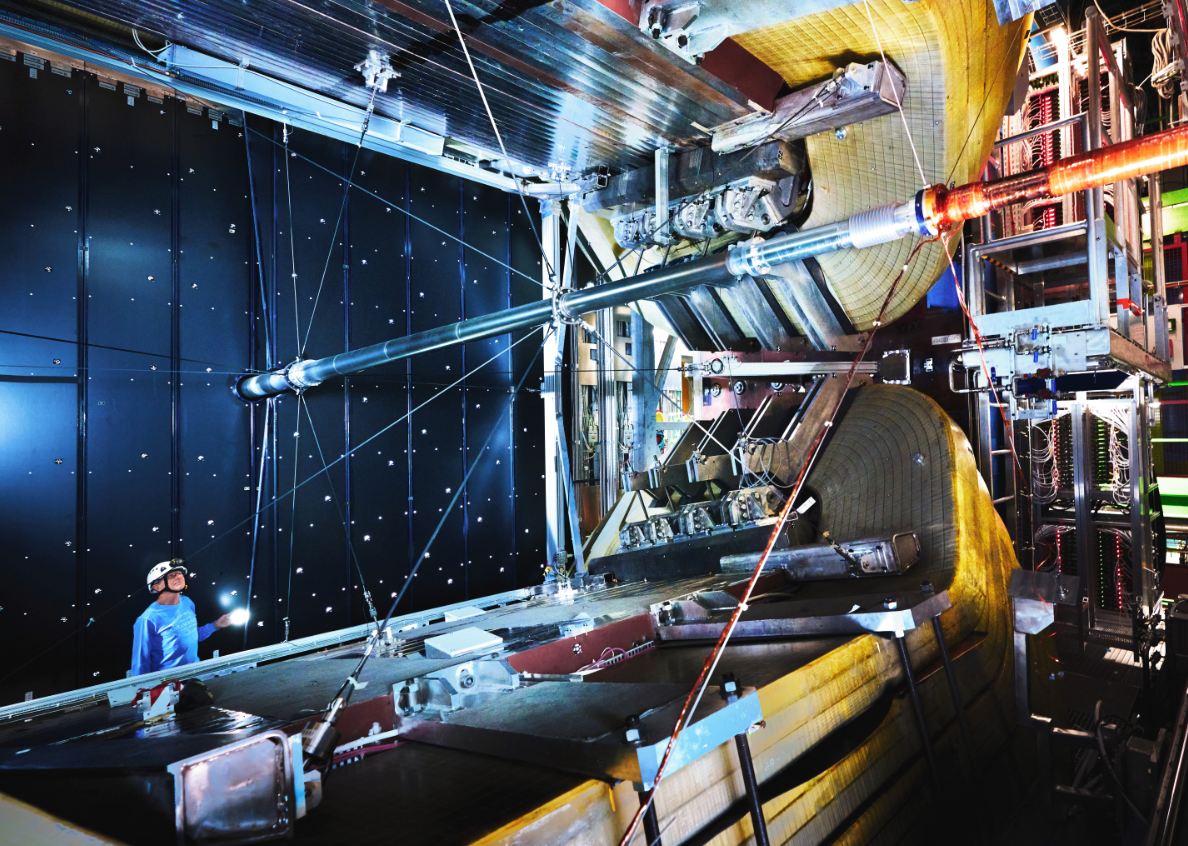The scientific review of the LHCb Upgrade II Scoping Document has been concluded by the LHC Committee, and the CERN Research Board has endorsed their conclusions reaching in this way an important milestone towards the construction of the LHCb Upgrade II detector.

A second major upgrade of the LHCb detector is necessary to allow full exploitation of the LHC for flavour physics. The new detector will be installed during long shutdown 4 (LS4) and will operate at a much higher instantaneous luminosity then the current detector. By equipping subdetectors with fast-timing information and using radiation-hard technologies it will be possible to accumulate a sample of 300 fb−1 of high energy pp collision data, giving unprecedented and unique discovery potential in heavy flavour physics and other areas. The baseline LHCb Upgrade II detector has been presented in a Framework Technical Design Report that was approved in 2022. In the Scoping Document updates are presented alongside different options with reduced detection capability and operational luminosity. The costs and physics performance of each scenario are discussed, and an overview of the project management plans is presented.
The Baseline design presented in the FTDR is re-evaluated and updated in the Scoping Document. Two additional scenarios, Middle and Low, have been identified, with reduced cost and physics performance. The recommendation of the CERN Research Board is that the LHCb collaboration should proceed with the implementation of the Middle scenario. In this scenario the detector will be operated at a slightly lower peak luminosity compared to the Baseline, allowing less stringent requirements on detector granularity and offering improved operational stability. The Middle scenario thus allows the full LHCb Upgrade II physics programme to be carried out.
The proposed project organisation is based on experience from previous construction projects, both for LHCb and other experiments. Technical Design Reports for the subdetectors are anticipated in 2026, after which the project will move to the construction phase. The subdetector construction is planned to be completed by mid-2032, leaving a contingency period before installation proceeds during the two years of LS4, scheduled for 2034–35. The upgraded experiment will commence data- taking at the start of Run 5, in 2036. This will enable an exciting and unique physics programme in the final phase of the LHC’s life.
The image shows the LHCb magnet crossed by the LHC beam pipe.
Read more in the LHCb’s Scoping Document.
